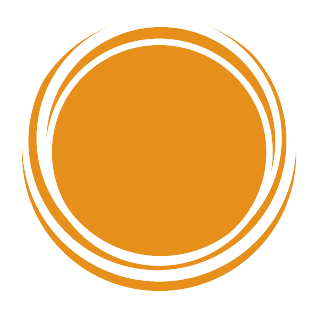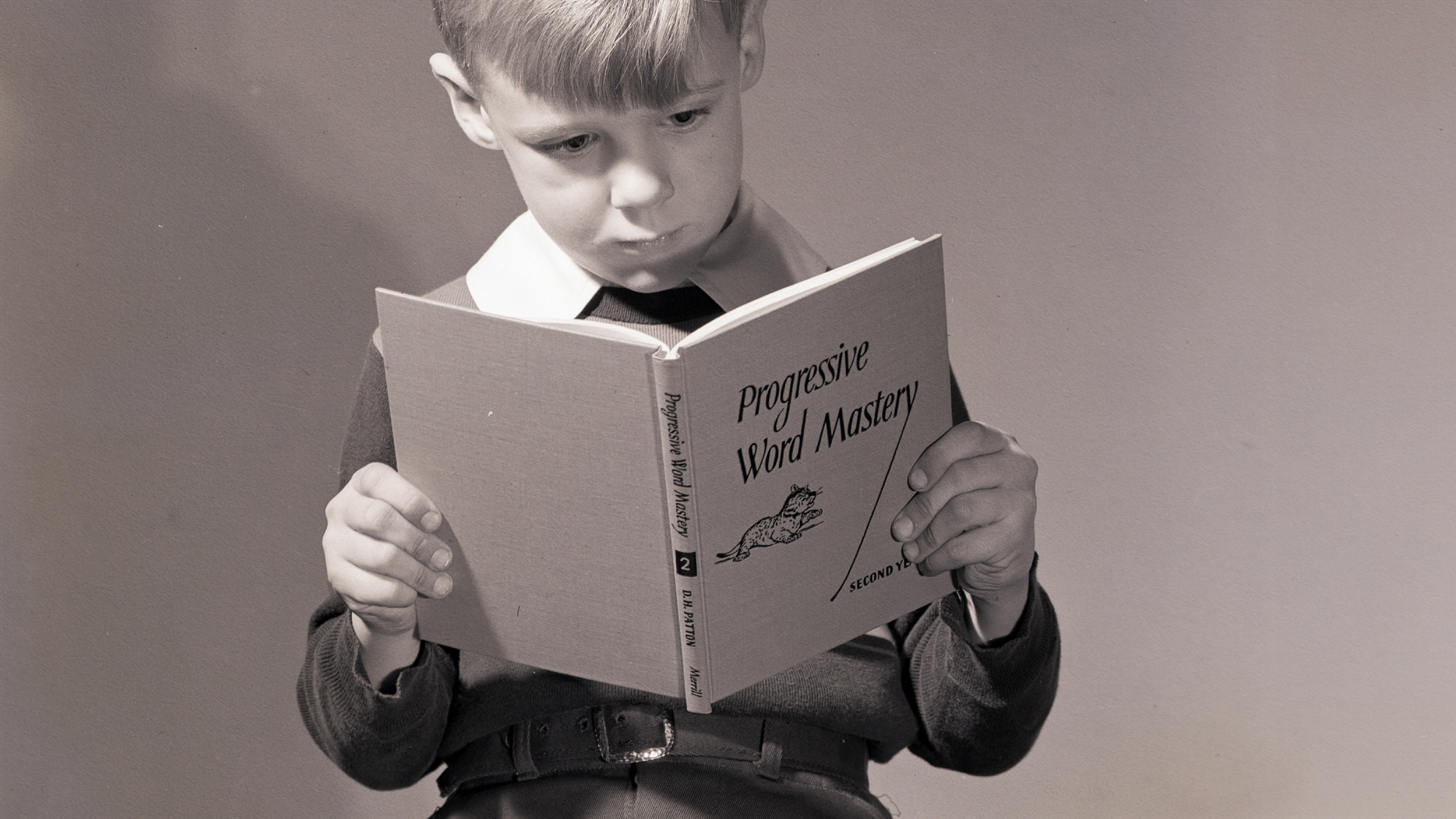ALOYSIA JEAN: I wouldn't be where I am right now without the help of my community, especially my PeerForward community. Applying to college can really feel like an obstacle too big to bear, especially if you don't have people beside you to help you forge that path. I went into this thinking that I had to forge it alone.
But by the end of it, I was so grateful to have the help of PeerForward beside me, not only because they gave me the tools and the skills that I need, but because they gave me the encouragement and the support and the love and the empathy that I needed to feel seen and to feel like I could actually do it.
So right now, your zip code is probably the best predictor of whether or not you'll graduate from a two or four-year college. We want to change that. We no longer want circumstances outside of our control to predict whether or not we'll actually be able to achieve what we set our minds to. Our problem is the fact that often in low-income communities, guidance counselors and guidance counseling staff is understaffed and overwhelmed.
The college degree gap between low and high-income communities is vast. And it's a problem that's persisted for more than 50 years. When I compare people from my hometown to my network from college, it's clear to me that the statistics are true. By age 24, folks from high-income communities are five times more likely to earn a college degree than the folks I grew up with. A degree can feel like an unattainable luxury. But in reality, more than 2/3 of American jobs require some post-secondary credentials.
Our method of making sure that low-income students have a better chance at receiving a higher education is mind-blowingly simple. We take a resource that's available in every high school and college campus -- influential students, students who have a drive to get to college, students who have a drive to get that degree, students who have that drive to make a change in their own communities. We don't count on our students to just be influencers of the mind. We count on them to influence students to action.
We've identified three key steps that help students get a better chance at a higher education. First, we teach students how to identify and recognize what characteristics they want in a college that's perfect for them. How is it that you're going to operate in this space? And what do you want this space to look like for you?
Two, we teach them different ways of finding financial aid and applying for it, not just the FAFSA and the CSS Profile, but how to identify different streams of revenue to pay for the college price tag and how to not let that price tag deter you from getting to your dream of that college degree.
Third, we help connect college to career. Why does it matter what you're studying? And how will it affect your life after you get this degree? It's not just what you're studying but where it'll get you. And we want to make sure that everyone takes enough time to think about it that by the time they reach their senior year, they have a plan in place.
We teach students much more than how to navigate the college application process. We teach students how to make real change in their community. And I'm so grateful that I have the opportunity to pass down those skills to a new generation of peer leaders who will hopefully go on to create even bigger change. They're teaching their peers how to navigate the college going process. And more importantly, they're increasing the number of students who actually go on to go to college.
I'm so excited to be with PeerForward at such a pivotal moment. PeerForward is the only organization that has worked for more than two decades to leverage positive peer influence to increase student success and higher education. Our model has been tried and tested in more than 300 classes of seniors. And in our schools, we yield a 26% higher rate of financial aid applications than schools without PeerForward teams.
This fall, PeerForward is launching two new amazing initiatives. Not only do we hope to expand the PeerForward method to more low-income communities across the nation, but we hope to introduce it to college campuses as well. We're really hoping to impact more than 10,000 students annually by 2024.
We need your help. PeerForward is in need of $1.75 million. And we're looking for a group of committed philanthropists to donate $100,000, or more. But at PeerForward, we like to do small things greatly. For a donation of $59, you can bring PeerForward to a high school student just like me. Every gift, no matter how big or small, means that you're joining our movement, the movement to bring the American dream closer to more low-income students than ever before.
Aloysia “AJ” Jean is a communities engagement specialist at PeerForward, where she is focused on creating and implementing innovative solutions for college access and college persistence programs serving low-income and[…]
Like it or not, most jobs still require some kind of secondary degree. PeerForward is working with low-income communities to ensure that students aren't excluded based on their zip code.
▸
5 min
—
with
Related
A college education currently provides roughly a 10% rate of return, beating the long-term performance of equities.
The National Defense Education Act of 1958 meshed with white anxiety about the desegregation of schools.
There are many problems with relying on SAT and ACT scores for college admissions. But removing them entirely creates less opportunity.
From Hogwarts to hashtags, kids' reading habits have changed drastically in recent decades — but data suggests cause for hope.
Once students master the basics of math, they are allowed to use calculators. The same should be true of writing and ChatGPT.






